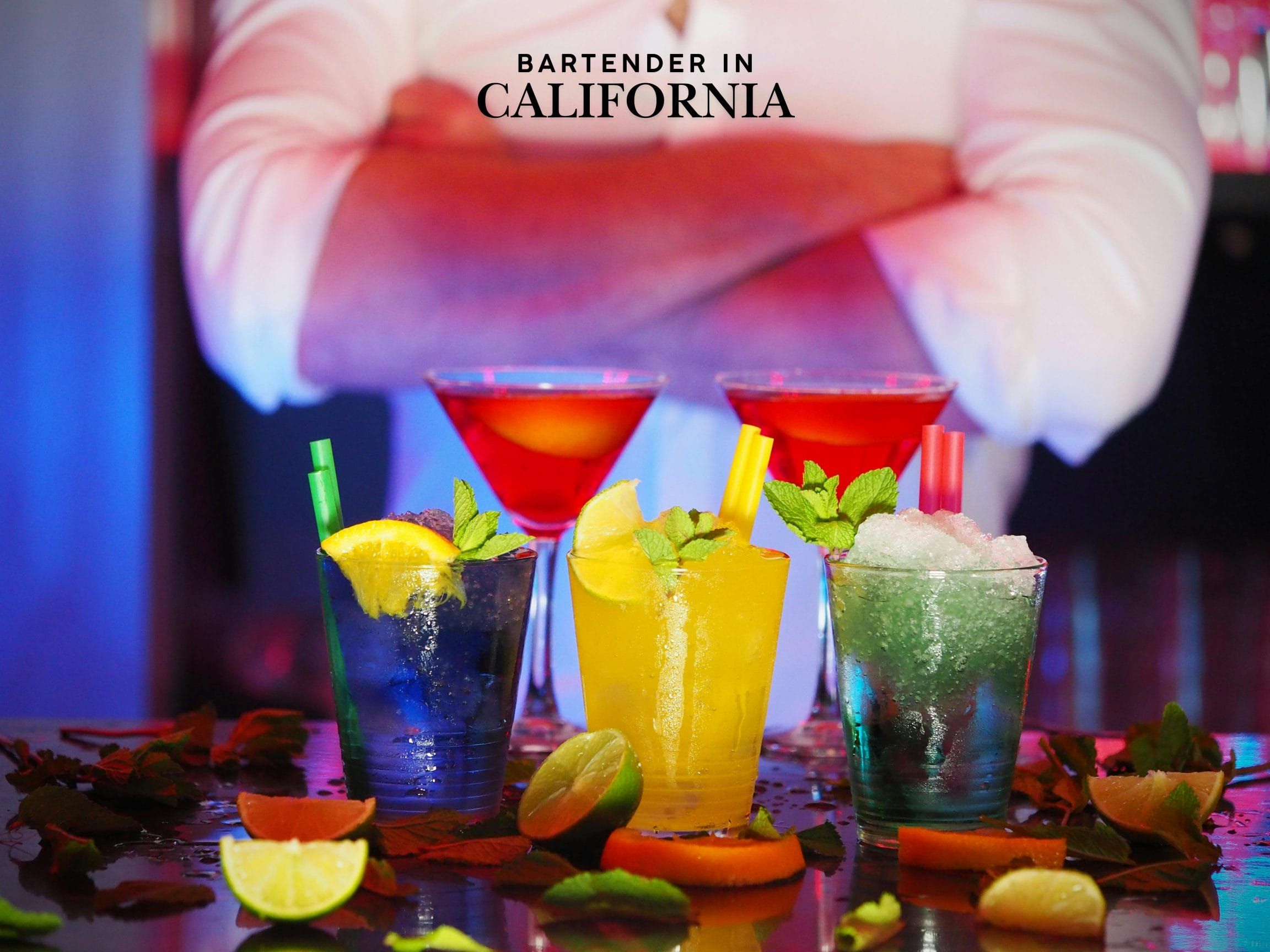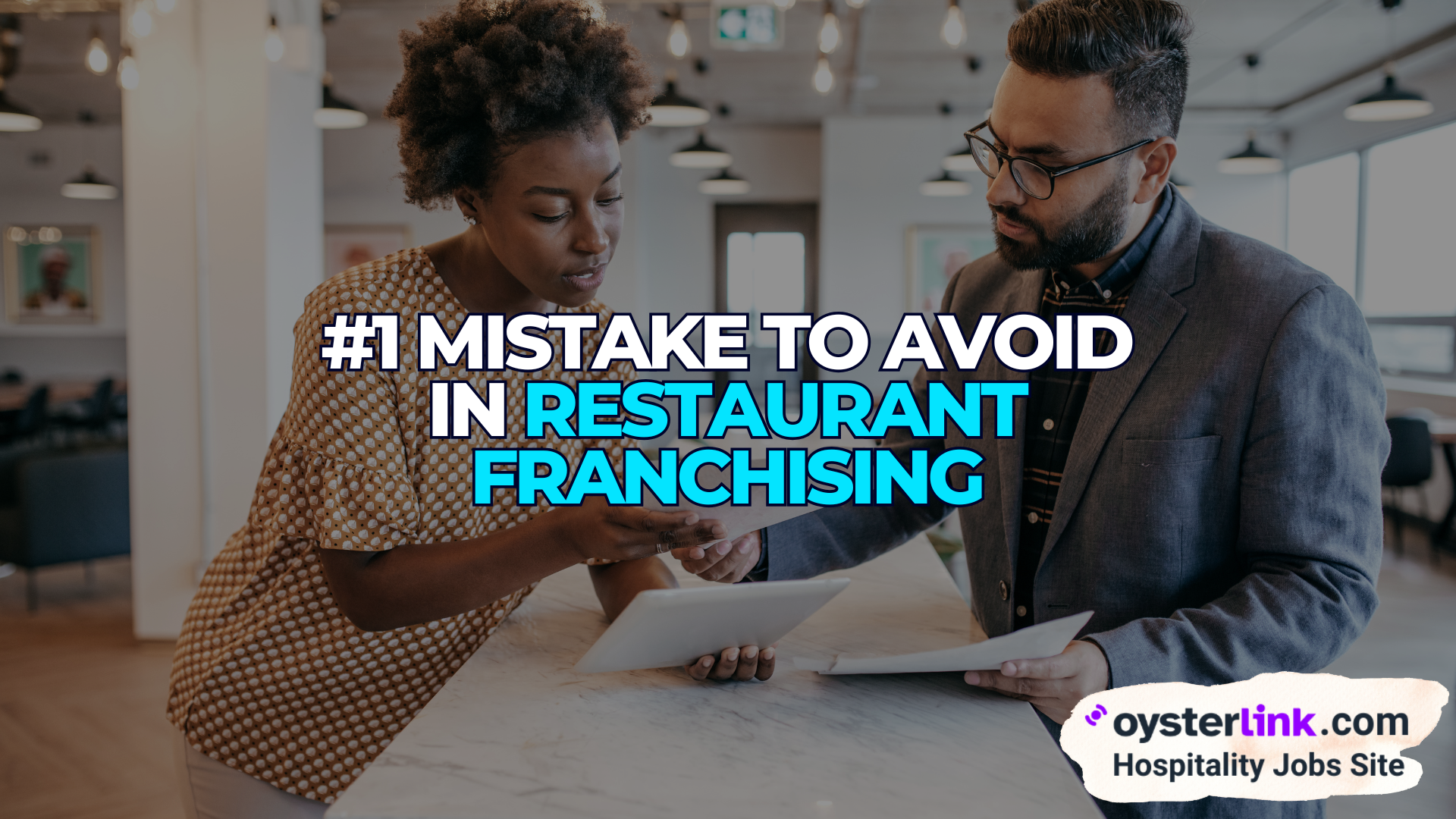Bartending is a profession that combines drink-making skill, customer service, and creativity. In California—home to countless bars, restaurants, and nightlife spots—Bartenders shape social experiences and can earn a solid living.
Many people are drawn to this role because it can be both profitable and personally rewarding. You can’t just walk behind a bar and start mixing, though, so you’ll need to meet legal requirements and learn best practices first.
This guide walks you through every step, from state laws and certifications to real-world skills and career growth. By the end, you’ll know how to become a Bartender in California and thrive in the role.
Understanding California’s Legal Requirements
California sets specific rules for anyone who wants to serve or mix alcoholic beverages. It’s vital to follow these laws or you risk losing job opportunities and facing penalties.
Minimum Age
You must be 21 to handle or serve alcohol in California. Some states allow younger Bartenders, but California doesn’t budge on this age requirement.
Responsible Beverage Service Training
Bartenders in California must complete Responsible Beverage Service (RBS) training. This program shows you how to serve alcohol responsibly, spot signs of intoxication, and handle underage patrons.
Once you finish, you’ll pass an exam and renew your certification regularly, often every three years. Some employers also accept or prefer:
Local Regulations
Cities or counties can impose extra rules like local server permits or specific alcohol service hours. Always check with your employer or local ABC (Alcoholic Beverage Control) office to confirm local requirements.
Acquiring Foundational Skills and Knowledge
Before stepping behind the bar, you need core mixology skills, plus the ability to engage with customers. A good Bartender also learns about flavor profiles to craft memorable cocktails.
Basic Mixology Knowledge
Learn the classics, such as the Old Fashioned, Margarita, and Martini. Also get to know the main spirit categories—vodka, gin, rum, tequila, whiskey, and brandy—along with their distinct flavor notes.
Master a few standard recipes at first. Expand your repertoire as you gain confidence and speed.
Tasting and Palate Development
Experiment with different spirits, juices, and garnishes to understand how flavors blend. The more diverse your palate, the better you can adjust recipes to suit guests’ tastes.
Take small sips and note aroma, flavor, and texture. This practice refines your ability to balance sweetness, bitterness, acidity, and spice.
Customer Service and Soft Skills
Bartending involves multitasking while being personable. You’ll greet customers, manage multiple drink orders, and keep track of tabs.
Strong communication skills let you handle conflicts or refusals of service with professionalism. Upselling premium spirits and suggesting food pairings can boost sales and enhance the guest experience.
Formal Education and Bartending Schools
Some Bartenders learn entirely on the job, but bartending schools can speed up the process. These programs cover theory, technique, and often responsible serving.
What to Look For in a Bartending School
Check if the school is licensed or recognized by bartending associations. Look for a curriculum that includes:
- Practical mixology training and cocktail recipes
- Bar setup and inventory management
- State regulations and responsible serving
- Realistic practice sessions (or an in-house bar setup)
Many schools also offer job placement support. Networking through these programs can help you land that first Bartending gig.
Cost vs. Benefit
Tuition ranges from a few hundred to over a thousand dollars, depending on the school’s reputation and length. If it fits your budget, the structured learning environment can build your confidence fast.
If not, you can still learn from online videos, textbooks, or by shadowing experienced Bartenders. Plenty of professionals launch successful careers without formal schooling.
Building Practical Experience
Hands-on experience cements your knowledge and teaches you to think on your feet. It’s the quickest way to learn how bars really operate.
Start in a Support Role
Many Bartenders begin as Barbacks, Servers, or Hosts. These jobs help you learn daily bar tasks like:
- Restocking bottles and managing inventory
- Washing and organizing glassware
- Prepping garnishes and mixers
Observing experienced Bartenders up close teaches you how to work under pressure. Show enthusiasm and a strong work ethic, and you might move up to a Bartender role sooner than you expect.
Practice Makes Perfect
If you can’t get behind a bar right away, set up a mini-bar at home. Equip yourself with a shaker, jigger, bar spoon, strainer, and some basic spirits.
Invite friends over to test your drink-making speed and accuracy. Practicing in a low-pressure environment helps you perfect techniques like free-pouring and garnishing.
Crafting the Perfect Bartending Resume
A polished resume showcases your relevant skills, hospitality experience, and willingness to learn. Highlight your certifications, bar-related roles, and any background in customer service.
Include your contact information clearly at the top. Emphasize any:
- RBS or TIPS certifications
- Bartending school achievements
- Restaurant or Serving jobs, with a focus on multi-tasking and cash handling
- Special skills like bilingual abilities or bar-specific software knowledge
Keep it brief but impactful. Proofread carefully so you don’t miss out on an opportunity due to typos or outdated contact details.
Navigating the Job Market
California’s bar scene runs the gamut from upscale lounges to high-energy clubs. Target the places that match your style, whether you prefer crafting artisan cocktails or serving in a fast-paced sports bar.
Scoping Out Venues
Try visiting different establishments during off-peak hours to see how they run. Talk with staff or a manager if they have time.
Focus on bars or restaurants that align with your ambitions. A craft cocktail bar might be ideal if you love elaborate recipes, while a bustling nightclub could be better if you thrive on speed.
Networking
Word of mouth goes a long way. Connect with local Bartenders, join social media groups, and attend industry events to learn about job openings before they’re posted publicly.
Building relationships also helps you gain referrals. Managers often prefer hiring someone recommended by a colleague they trust.
Interview Tips
Arrive prepared with knowledge of popular cocktails and bar operations. You might be asked how you’d handle over-serving or resolve a conflict between guests.
Dress neatly but tailor your look to the venue’s vibe. Show genuine interest by asking about signature cocktails or the bar’s typical crowd.
Mastering On-the-Job Bartending Responsibilities
Once you’re hired, you’ll face a range of tasks daily. Embrace the basics like prepping, cleaning, and restocking so you can handle peak times smoothly.
Opening and Closing Duties
Opening tasks include cutting garnishes, checking inventory, cleaning surfaces, and getting the bar area ready. Closing duties typically involve:
- Cleaning and sanitizing all equipment
- Restocking bottles and garnishes
- Counting the register and handling cash-outs
- Updating inventory if needed
Keeping your station well-organized and fully stocked cuts down on stress during a busy shift.
Speed and Accuracy
Peak hours test your multitasking skills. Practice free-pouring or perfect jigger use so you can make drinks quickly without sacrificing quality.
Memorize common recipes to minimize errors. The faster and more precise you are, the happier your customers and the higher your tips.
Crafting Customer Experiences
Great Bartenders make people feel seen and welcomed. Some customers want to chat and learn about their drinks, while others just need a quick beverage.
Adjust your approach to each guest. If you remember regulars’ names and favorite orders, you’ll build relationships that keep them coming back.
Handling Difficult Situations
Bartenders sometimes encounter fake IDs or overly intoxicated patrons. Your responsible serving training tells you how to recognize warning signs and respond calmly.
Politely refuse service if necessary and offer water or snacks. Over-serving can lead to legal trouble for both you and your establishment, so stay alert and take action when needed.
Career Development and Specializations
Bartending is rarely a dead-end job. You can climb the ladder or pivot into related fields that benefit from your beverage knowledge and hospitality skills.
Head Bartender or Bar Manager
When you’re ready to lead a team, aim for Head Bartender or Bar Manager roles. Duties may include:
- Designing cocktail menus and specials
- Managing schedules and training new hires
- Overseeing orders and inventory
- Handling cash flow and bar finances
Being proactive about problem-solving and staff motivation is essential at this level.
Brand Ambassador
Some Bartenders become ambassadors for liquor, beer, or wine brands. You might:
- Visit bars and restaurants to promote new products
- Host tasting events or educational sessions
- Represent the brand at festivals or trade shows
It’s ideal if you love networking, traveling, and talking about beverages.
Sommelier or Cicerone
If wine or beer fascinates you more than spirits, consider earning specialized certifications. A Sommelier focuses on wine, while a cicerone is the beer equivalent.
These titles can open doors at upscale restaurants, hotels, or breweries. They also tend to come with higher salaries and deeper training requirements.
Tips for Success in California’s Bartending Scene
California’s population is diverse, so remain open to different flavor preferences and cultural influences. Stay curious about new trends in craft cocktails, infused spirits, and zero-proof beverages.
Attend workshops or competitions to sharpen your skills and grow your professional network. Experiment with fresh ingredients and unique garnishes to set yourself apart.
Above all, serve responsibly. Over-serving endangers your license, your bar’s reputation, and your customers’ well-being.
Potential Income and Benefits
Bartenders in California earn an hourly wage plus tips, which can be lucrative in high-end or high-volume spots. In big cities like Los Angeles or San Francisco, successful Bartenders can make a very comfortable income.
Some bars pool tips among all staff, while others let each Bartender keep their own. A supportive environment can also offer perks like flexible scheduling, meals, or discounts.
Staying Safe and Healthy
Bartending involves standing for long periods, lifting heavy items, and repetitive motions like shaking cocktails. Wear supportive shoes and take small stretch breaks when you can.
Practice good posture to avoid back and wrist pain. Little adjustments in your routine can make a big difference in how you feel after a busy night.
Mental Health
Working with the public can be draining, so develop healthy coping strategies. Find outlets that help you de-stress, whether it’s exercise, creative hobbies, or talking things out with friends.
Avoid burnout by knowing your limits. Good mental health ensures you stay patient, professional, and genuinely friendly behind the bar.
Final Thoughts
Becoming a Bartender in California requires meeting legal requirements, honing mixology skills, and mastering customer service. These steps pave the way for a fulfilling and profitable career that can evolve with you.
Focus on responsible serving, continuous learning, and genuine hospitality. If you stay adaptable and put the guest experience first, you’ll thrive in California’s fast-paced bar scene.
With enthusiasm, practice, and the right approach, you can carve out a lasting place in the industry and build a reputation as a go-to Bartender wherever you work.





